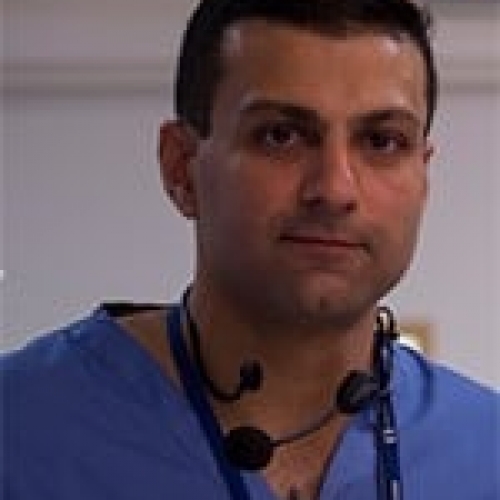Barrett’s Oesophagus and Barrett’s Mucosa
The real risk of Oesophageal Cancer in Barrett’s Oesophagus
Over the last few years, large numbers of scientific studies have focused on this point. Since 2010, three big studies have shown that the likelihood of getting oesophageal cancer is no more than 0.36% per year. This means that the average person with Barrett’s would need to live for 300 years before they got cancer!
Major Risk Factors
The single most important risk factor for developing oesophageal cancer is the presence of dysplasia.
What is dysplasia?
This word is derived from a Greek word. It means “bad formation”.
The word dysplasia is used when the cells have changed abnormally, and may in some cases progress to cancer. Dysplasia is the earliest form of pre-cancerous change that can be recognized and may be rated as either low grade or high grade, the latter representing a more advanced progression towards cancer.
Dysplasia is found when samples from the Barrett’s oesophagus are examined under the microscope. These biopsy samples are taken during an endoscopy examination. Many people with Barrett’s oesophagus undergo routine surveillance endoscopy.
Low Grade Dysplasia (LGD)
Almost one in ten people with Barrett’s oesophagus will develop low grade dysplasia (LGD) at some point over the years. Most of these people will never get cancer.
The trick is to work out who is at high risk of progressing to cancer.
There are some simple ways to do this and some ways that are a little more complex.
The simplest thing to do is to confirm that LGD actually exists.
Confirm the Presence of Low Grade Dysplasia
Inflammation can easily be mistaken by the pathologist for low grade dyplasia. Inflammation is caused by lots of acid reflux.
It is important to minimise the reflux for 8 weeks before any endoscopy examination. This will reduce the likelihood of ‘over diagnosing’ LGD.
You can reduce the amount of reflux you get by taking extra care with your diet.
You can also reduce reflux by remembering to take all your medicines. If you take the medicines but still get reflux attacks, you might want to increase the dose of your medicines, particularly proton pump inhibitors for a few weeks before having an endoscopy. You should only do this after discussion with your doctor but it is an important way to stop the over diagnosis of LGD.
If the pathologist is convinced that you have LGD, a second pathologist should be asked to confirm the diagnosis. We know that doctors make mistakes in this very tricky area. Indeed, most pathologists do not see enough cases to be certain of what they are seeing. The level of agreement between non-specialist pathologists in this area is very low.
If two expert pathologists confirm LGD, the likelihood of this progressing to cancer rises, although it is probably still less than 20% within 5 years – plenty of time to do something about it!
Nonetheless, it is important to get the diagnosis right. Specialist centres like ours have access to internationally renowned pathologists. Having a world leading pathologist working with out team is really important. It means we can more accurately diagnose the condition.
High Grade Dysplasia (HGD)
The next step towards cancer is high grade dysplasia (HGD).
This is a much more serious finding. Once again, it should be confirmed by at least two specialist pathologists and preferably on at least two separate endoscopies. These are usually done approximately 3 months apart.
If HGD is confirmed, the risk of developing cancer is thought to be about 40% within 5 years. It is now probably time to act, although every case is different.
One thing is certain. If you have HGD, you need to see a specialist who sees this sort of problem regularly. Do not rely on your GP or local gastroenterologist to advise you. NICE (the National Institute for Clinical Excellence) has made it quite clear that this sort of problem needs the help of recognised experts working in centres of excellence.
If you would like to see an overview of the NICE guidelines.
Biomarkers
One of the really interesting new areas is the presence of biomarkers. Even high grade dysplasia, the best ‘marker of risk’ only carries a 40% cancer risk at 5 years. Is there anything else to help guide you as to your own cancer risk?
Well, it seems that there may be.
Other recognized markers of risk include
- Visible areas of abnormality (nodules) at endoscopy
- Specialised tests on cells including DNA content abnormalities and changes in cell proliferation markers such as p53, Cyclin A, and others
Our own research has shown that analysing samples taken at endoscopy for these and other markers can more clearly define the risk of progressing to cancer.
This is very helpful because it guides decisions about which treatment to have and when to have it.
Do you want more information about your own risk of developing oesophageal cancer or high grade dysplasia? Would you like to be assessed for cancer risk biomarkers?
To make an appointment with one of our internationally renowned consultants, please tell our staff that you want to see an expert in cancer risk in Barrett’s oesophagus. We will ensure you see the right person.




